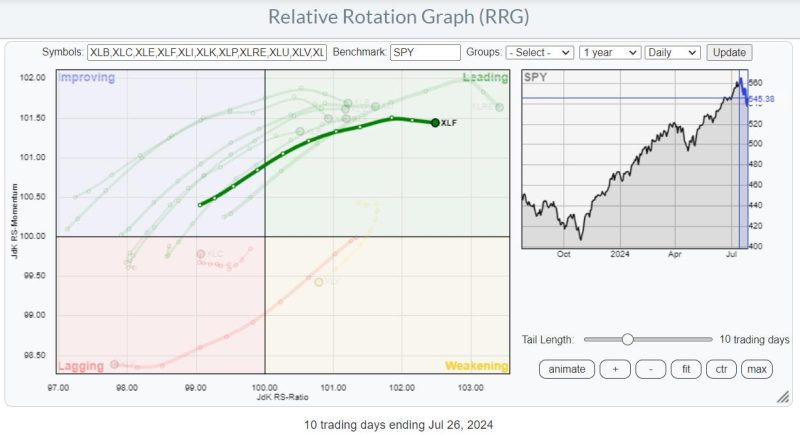**Analyzing the Financial Success of Flying Cars**
Flying cars have always been a symbol of innovation and technological advancement. As we venture into a future where these vehicles are becoming a reality, it’s essential to assess the financial implications of their introduction. The costs associated with developing, manufacturing, and operating flying cars can have a significant impact on various industries and the economy as a whole.
**Research and Development Costs**
The research and development (R&D) costs involved in creating flying cars are staggering. Engineers and technologists are constantly working on new designs, propulsion systems, safety features, and infrastructure to support these vehicles. These R&D expenses can run into billions of dollars for a single company, as seen with major players like Uber, Boeing, and Airbus investing heavily in this technology.
**Manufacturing and Production Expenses**
Once the technology is perfected, the next challenge lies in scaling up production to meet the growing demand for flying cars. Manufacturing costs can be high initially due to limited economies of scale. As production ramps up and more companies enter the market, we can expect prices to decrease, making flying cars more accessible to the public.
**Regulatory and Certification Costs**
The aviation industry is heavily regulated to ensure safety and security. Introducing flying cars into the airspace requires new regulations and certification processes to be established. Companies will need to invest in compliance with these regulations, which can lead to additional costs and delays in bringing their products to market.
**Infrastructure and Maintenance**
Flying cars will require a new infrastructure to support their operations. This includes landing pads, charging stations, air traffic control systems, and maintenance facilities. Building this infrastructure will require significant investment from governments and private entities, adding to the overall financial burden of introducing flying cars.
**Revenue Streams and Economic Impact**
Despite the high costs associated with flying cars, there are potential revenue streams that can offset these expenses. Companies can generate income through air taxi services, transportation of goods, and sightseeing tours. The economic impact of flying cars can be substantial, creating jobs, boosting tourism, and revolutionizing the way people travel.
**Conclusion**
In conclusion, the financial success of flying cars will depend on a variety of factors, including R&D costs, manufacturing expenses, regulatory compliance, infrastructure development, and revenue generation. While the initial investment may be significant, the long-term benefits of this technology could outweigh the financial challenges. As flying cars become more mainstream, we can expect to see a shift in transportation paradigms and an evolution in the way we perceive mobility.
